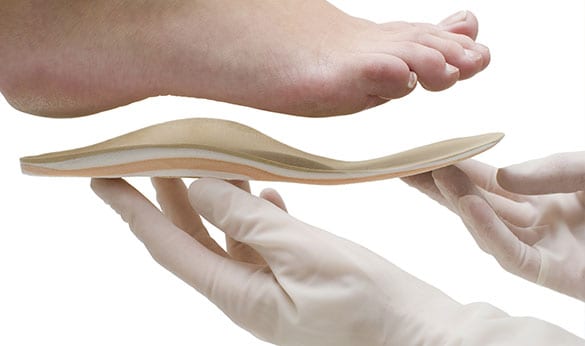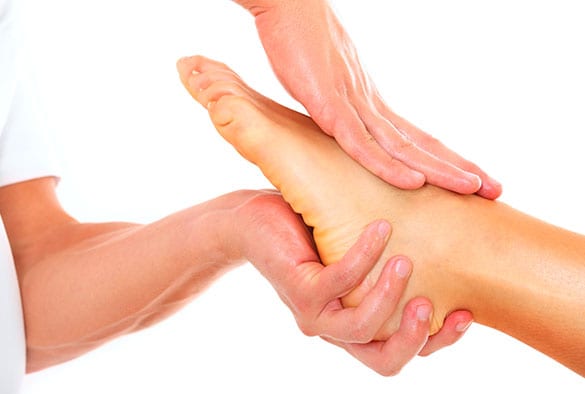
Let the doctors at LA Orthopedic Group recommend the best treatment for Metatarsalgia.
Metatarsalgia is characterized by pain in the ball of the foot. The pain is typically worse during weight-bearing activities, such as running, standing, jumping, or walking. While the condition is not serious, it can cause enough discomfort to interfere with daily activities.
- Many different risk factors can contribute
- Metatarsalgia responds well to conservative measures
CONTACT US TODAY
Causes of Metatarsalgia
Metatarsalgia is frequently caused by a combination of factors, including:
- Engaging in high-impact sports or activities
- Wearing high-heeled or poorly fitting shoes
- Being overweight
- Stress fractures in the bones of the toes and forefoot
- Inflammatory and degenerative joint disorders, including osteoarthritis, gout, and rheumatoid arthritis
- Bunions, hammertoes, and other foot deformities
- Foot shapes that put extra pressure on the heads of the metatarsals
Metatarsalgia can often be avoided by maintaining a healthy weight, wearing appropriate footwear, and allowing your feet time to recover from injuries or intense activity.


Symptoms of Metatarsalgia
Metatarsalagia typically causes burning, sharp, or aching pain in the front of the foot behind the toes. Some patients describe a sensation similar to walking on pebbles or tingling or numbness in the toes. The pain may become worse after being on your feet for an extended time, especially on hard floors or in shoes without sufficient padding. Over time, the pain of walking on the ball of the foot may cause you to alter your gait, which can cause additional pain by putting stress on other joints in the hips, legs, and feet.
Diagnosing Metatarsalgia
Anyone experiencing foot pain for more than a few days that does not respond to traditional self-help measures and changes in activities and footwear should consult a doctor. Metatarsalgia is normally diagnosed based on the patient’s symptoms, activity and lifestyle history, and a physical exam of the foot. X-rays or other imaging scans may be used to rule out fractures and other foot abnormalities.
Treating Metatarsalgia
Metatarsalgia normally responds well to conservative, self-help measures.
- Switch from high-impact sports, such as jogging, to cycling, swimming, or other low-impact activities.
- Elevate your feet after standing or walking to relieve pressure on the ball of the foot.
- Apply ice packs to the affected area for 15 to 20 minutes at a time to numb the pain and reduce inflammation.
- Consider switching your shoes and adding over-the-counter or custom metatarsal pads and orthotics.
- Use aspirin, ibuprofen, or naproxen sodium to reduce pain and inflammation.
If the pain persists, your doctor may recommend steroid injections. In some cases, surgery may be recommended to correct a foot deformity that is contributing to the pain.




